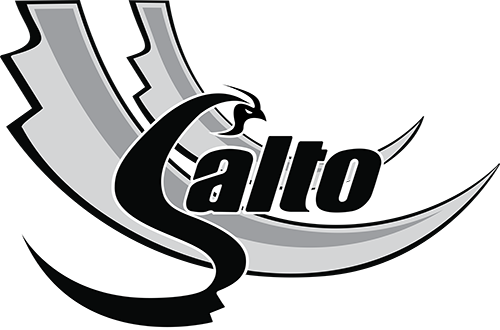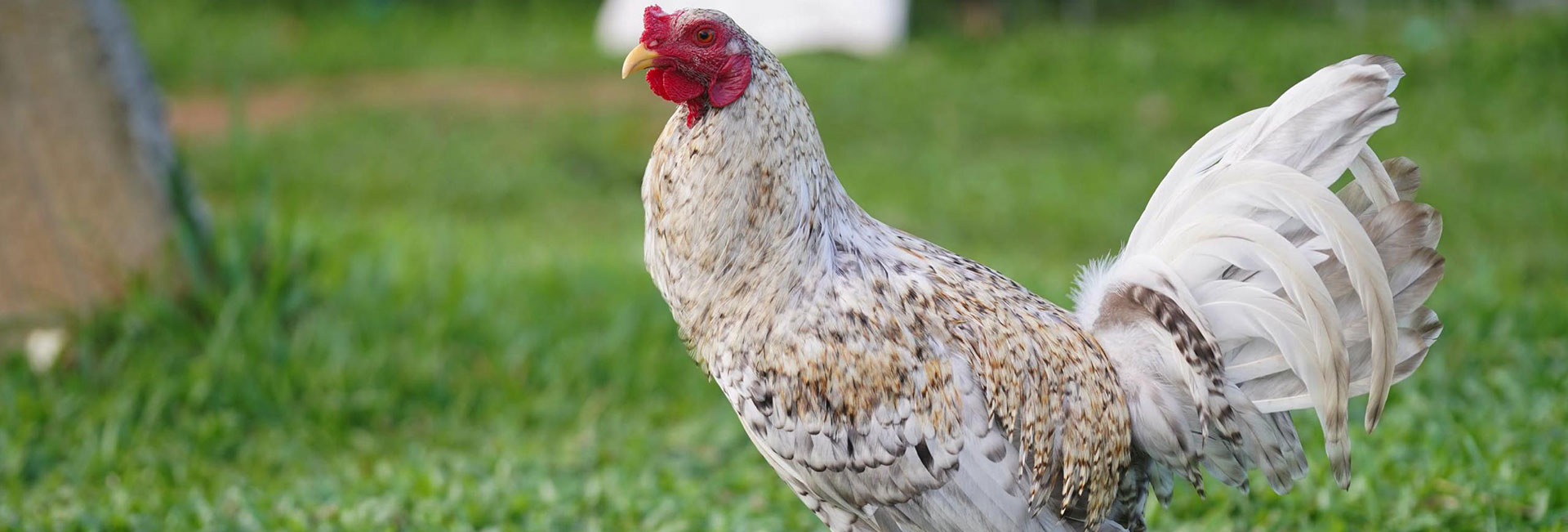Viral Diseases
FOWLPOX
SYMPTOMS: Characterized by lesions/scabs in the skin, cheesy like growth in the oral cavity.
AFFECT AREAS: Scabs in the skin and cheesy like growth in the oral cavity (wet type).
PREVENTION: Vaccination with Fowl Pox Vaccine must given to 18-day-old chick via wingweb.
TREATMENT: Antibiotics for secondary bacterial infection.
INFECTIOUS BRONCHITIS
SYMPTOMS: Characterized with bulging/swelling of the eyes with respiratory signs like flu and cough.
AFFECT AREAS: Mucus plug in the trachea and bifurcation of the posterior part of the trachea, bulging swollen eyes with mucus in the nasal cavity.
PREVENTION: Vaccination with IB vaccine must be given to 1-day and 12-day via intraocular or Intranasal.
TREATMENT: Antibiotics for secondary bacterial infection.
INFECTIOUS BRONCHITIS (Variant)
SYMPTOMS: Causes egg drop, soft shelled eggs and misshapen eggs, whitish diarrhea.
AFFECT AREAS: Reproduction system
PREVENTION: Vaccination with IB vaccine must be given to 1-day and 12-day via intraocular or Intranasal.
TREATMENT: Antibiotics for secondary bacterial infection.
INFECTIOUS BURSAL DISEASE (IBD) OR GUMBORO
SYMPTOMS: Characterized by ruffled feathers, whitish watery diarrhea. Common only to 4-months old and below chickens.
AFFECT AREAS: Petechial hemorrhages in the pectoral muscle, petechial hemorrhage in the proventricular-vetricular junction, inflammed or athropied bursa of fabricius
PREVENTION: Vaccination with IBD Vaccine (Oral). Classic and intermediate. Vaccine must be given to 1-day, 7-day and 21-day.
TREATMENT: Antibiotics for secondary bacterial infection.
INFECTIOUS LARYNGOTRACHEITIS (ILT)
SYMPTOMS: Characterized with coughing of blood, petechial hemorrhages in the trachea
AFFECT AREAS: Petechial hemorrhages in the inner lining of the trachea, swollen bulging eyes, blood plug in the trachea
PREVENTION: Vaccination with live or recombinant ILT Vaccine (Introcular or Intranasal)
TREATMENT: Antibiotics for secondary bacterial infection.
LYMPHOID LEUKOSIS
SYMPTOMS: Characterized by hurdle paralysis and blindness. Mostly hereditary. Adult birds are affected since it is like cancer in humans where tumor develop in time.
AFFECT AREAS: Neoplastic tumor growths in the liver spleen and bursa
TREATMENT: Antibiotics for secondary bacterial infection.
MAREKS
SYMPTOMS: Characterized by hurdle paralysis and blindness. Most adult birds are affected since it is like cancer in humans where tumor develop in time.
AFFECT AREAS: Discoloration of of eyes, inflamed sciatic nerves, multi systemic tumors.
PREVENTION: Vaccination with Mareks Vaccine must be given to day old chick via subcutaneous injection.
TREATMENT: Antibiotics for secondary bacterial infection.”
NEWCASTLE DISEASE
SYMPTOMS: Characterized by torticollis and greenish diarrhea.
AFFECT AREAS: Petechial hemorrhages in the proventriculus, Hemorrhagic intestines, Petechial hemorrhage in the ileocecal junction, Nasal Cavity
PREVENTION: Vaccination with NCD vaccine lasota, B1b1, Clon. Vaccine must be given to 1-day, 12-day, 24-day chicks and then repeat every 6 months for booster through intraocular or intranasal.
TREATMENT: Antibiotics for secondary bacterial infection.”
BACTERIAL DISEASES
CHRONIC RESPIRATORY DISEASE (CRD) OR MYCOPLASMA
SYMPTOMS: Characterized by ILT, IB and Coryza (respiratory signs)
AFFECT AREAS: Presence of mucus in the oronasal cavity, thickening of the air sacs with bubble like and cheesy-like exudates, Arthritis
PREVENTION: Vaccination with Live or Killed Mycoplasma gallisepticum bacterin must be given to 45-day chick via Intraocular, subcutaneous or intramuscular.
TREATMENT: Tylosin, macrolides
CORYZA
SYMPTOMS: Characterized by swollen face with foul smelling nasal mucus discharge.
AFFECT AREAS: Foul smelling mucus discharge in the nasal cavity.
PREVENTION: Vaccination with Killed Coryza Vaccine must be given to 35-day old chick via intramuscular or subcutaneous injection.
TREATMENT: Streptomycin, Dihydrostreptomycin, Sulphonamides, Tylosin, Erythromycin
FOWL CHOLERA
SYMPTOMS: Characterized by yellowish foul odored diarrhea, sudden acute deaths. Common to adult birds.
AFFECT AREAS: Inflamed comb and wattles, cyanosis of the head, discoloration of the liver, enteritis, swollen joints.
PREVENTION: Vaccination with Fowl Cholera, Killed Vaccine.
TREATMENT: Sulfonamides, Quinolones
FOWL TYPHOID/SALMONELLOSIS
SYMPTOMS: Characterized by pasty vent, whitish watery diarrhea.
AFFECT AREAS: Enteritis, ballooning of the intestines.
TREATMENT: Sulphonamides, Neomycintetracyclines, Amoxycillin, Fluoroquinolones
PROTOZOAL DISEASES
AVIAN MALARIA
SYMPTOMS: Characterized by greenish diarrhea, pale face with signs of wasting.
AFFECT AREAS: Enlarged liver and kidney, often black or dark colored
TREATMENT: Chloroquine, Sulfamides
COCIDIOSIS
SYMPTOMS: Characterized by bloody diarrhea. Common to young birds below 4 months of age.
AFFECT AREAS: Swollen cecum with presence of blood, hemorrhage in the lining of the cecum.
PREVENTION: Vaccination with Coccidiosis vaccine (Coccivacc)
TREATMENT: Pilmico Animal Health Toltrazuril 2.5%
OTHER MEDICATION/TREATMENTS
DIGESTIVE FORM OF DISEASES
GENERIC: Sulfa based antibiotics
PILMICO: Moxilisitin; Enfloxcin 100 (available 4/18)
RESPIRATORY
GENERIC: Penicillin, Macrolides
PILMICO: Moxilisitin; BIO B12 it comes in 20g pack size ideal for backyard operation; Losin MSP (available 4/18)
FUNGAL
GENERIC: Miconazole
PARASITIC
GENERIC: Internal – Praziquantel, albendazole; External – permethrins
PILMICO: Virbamec LA

